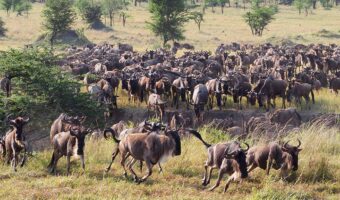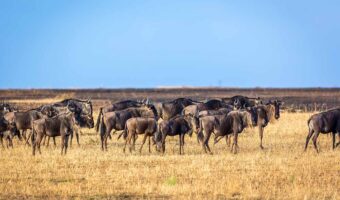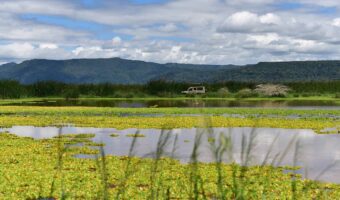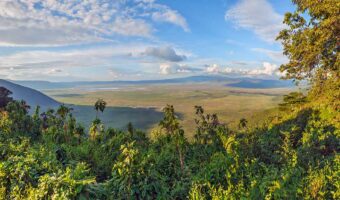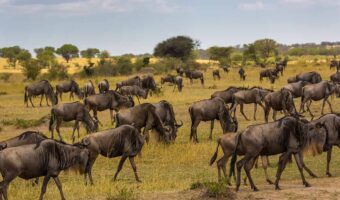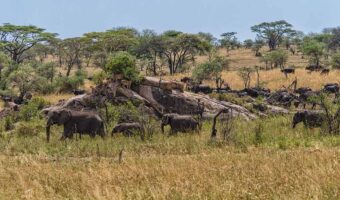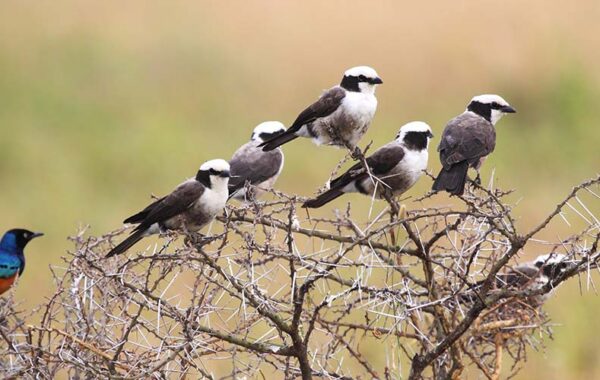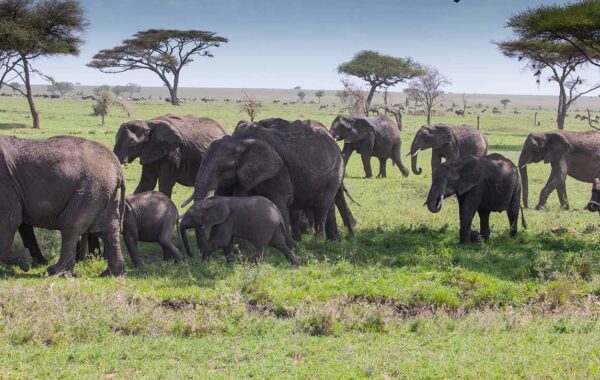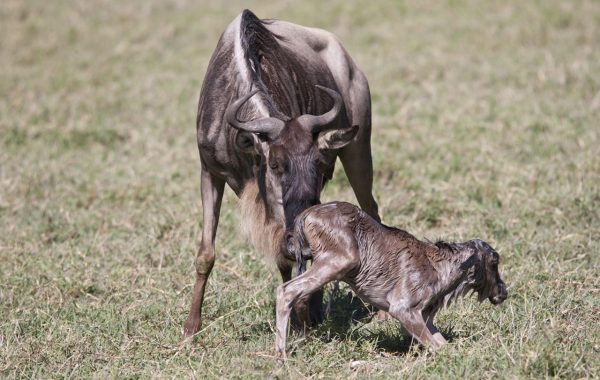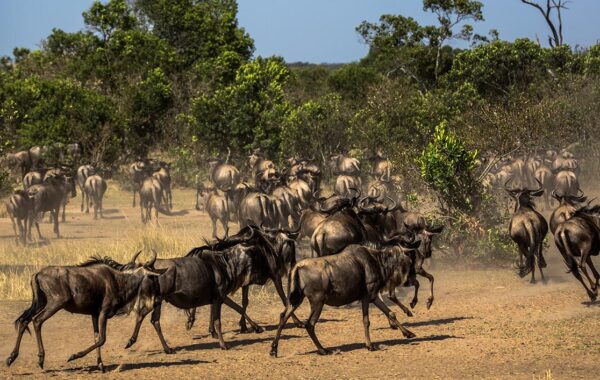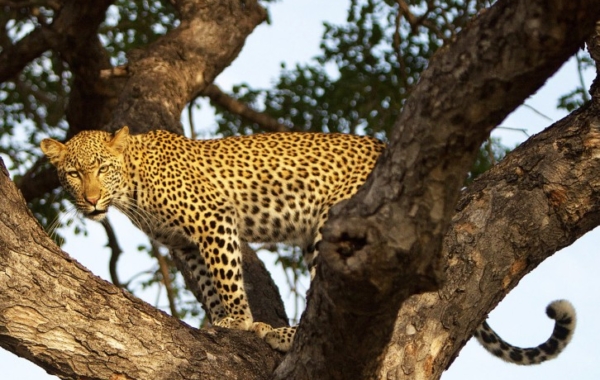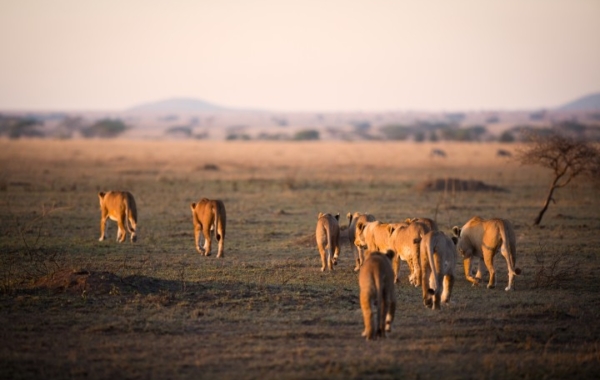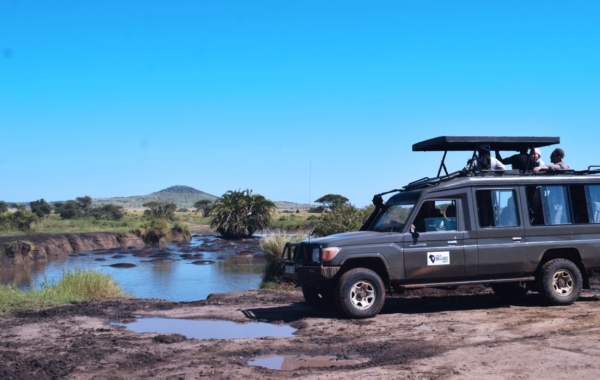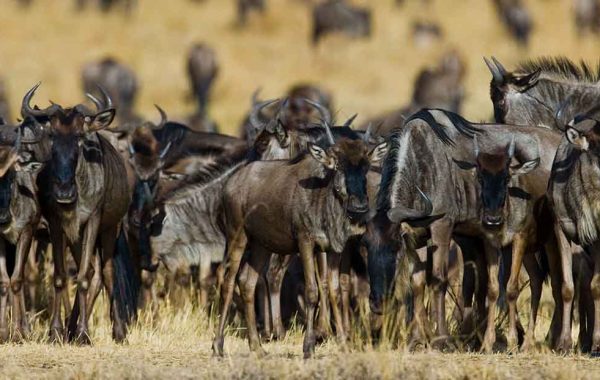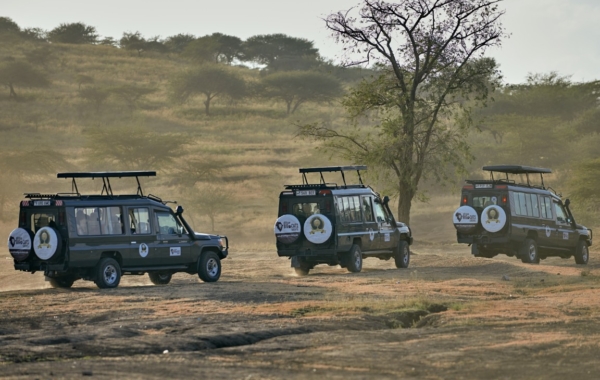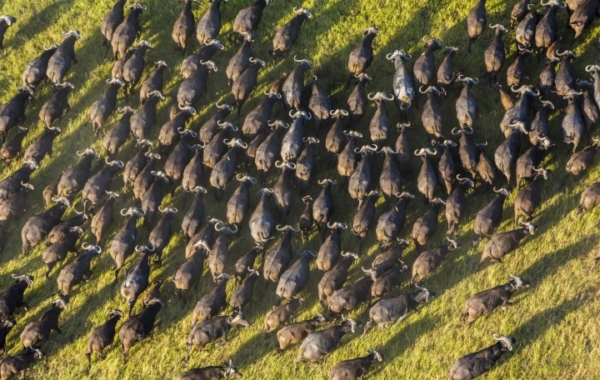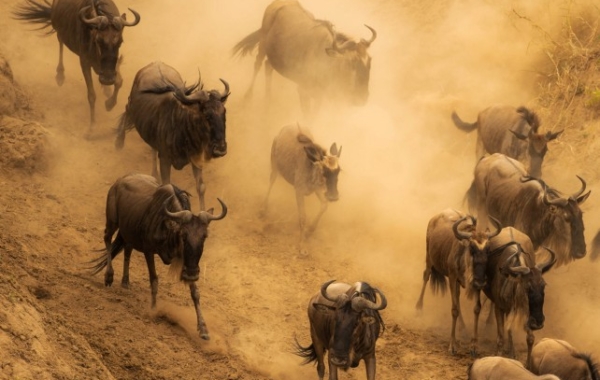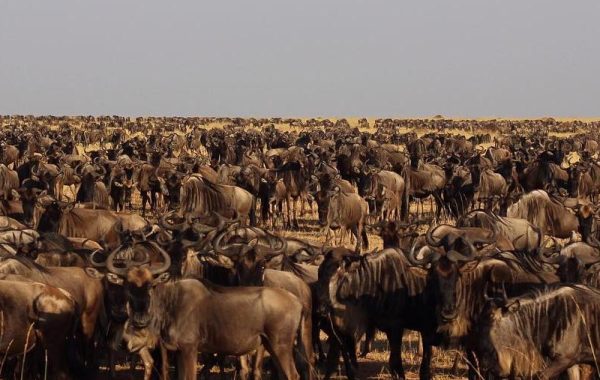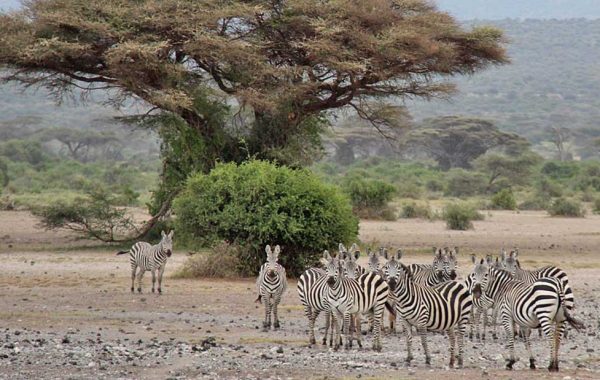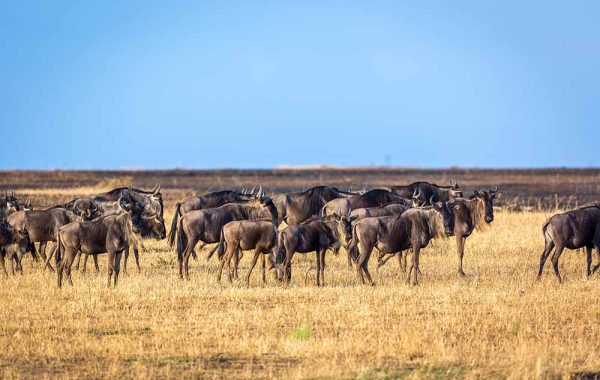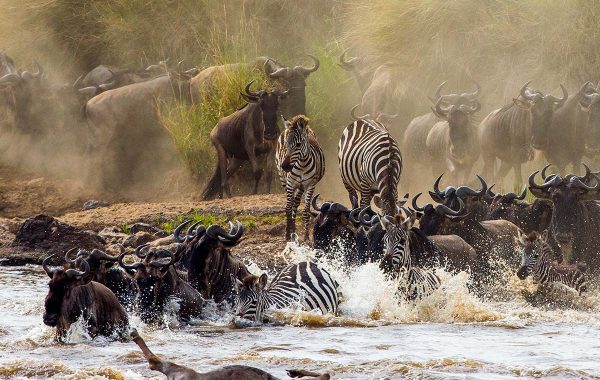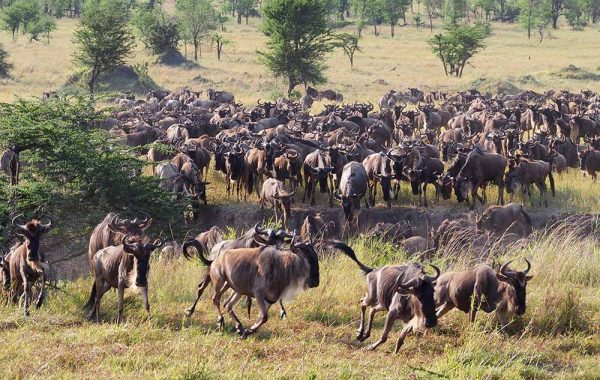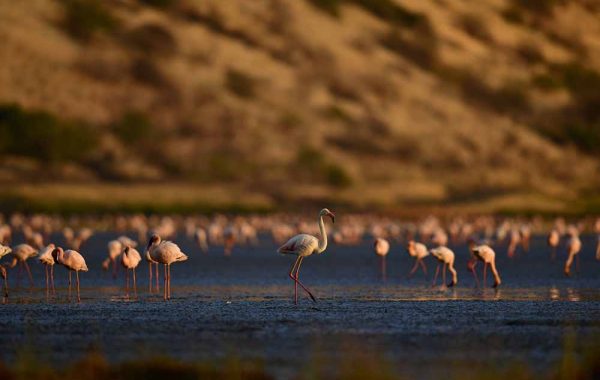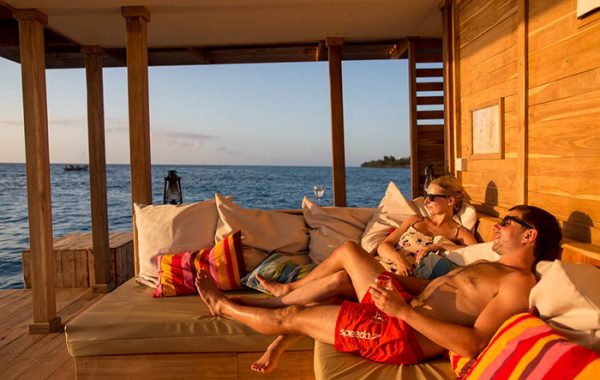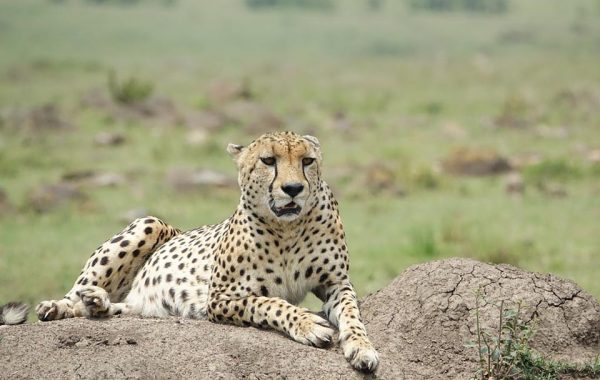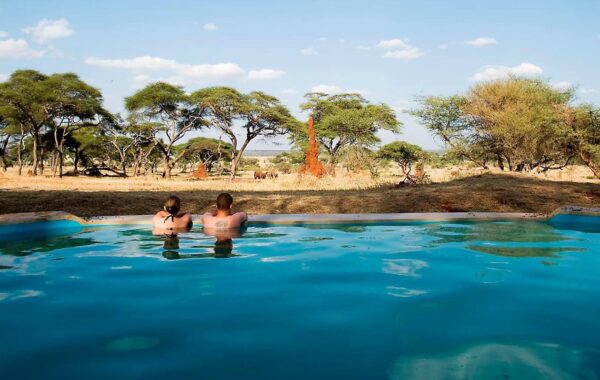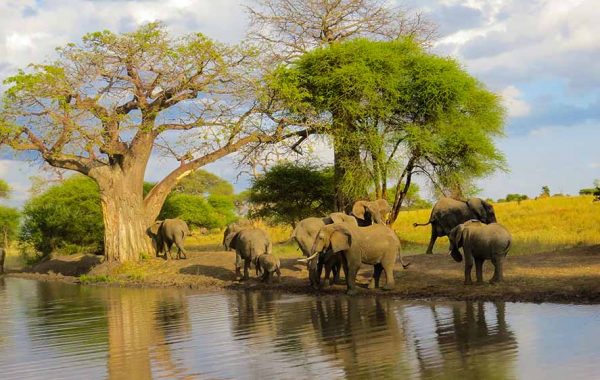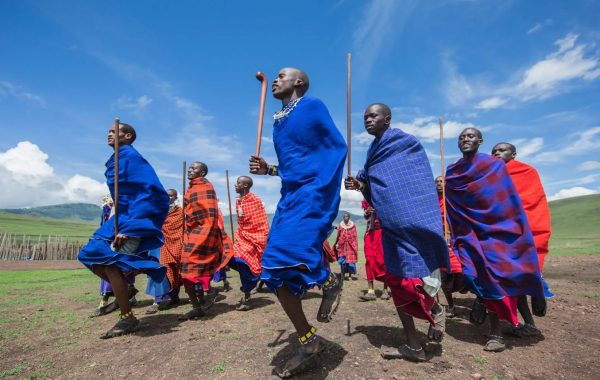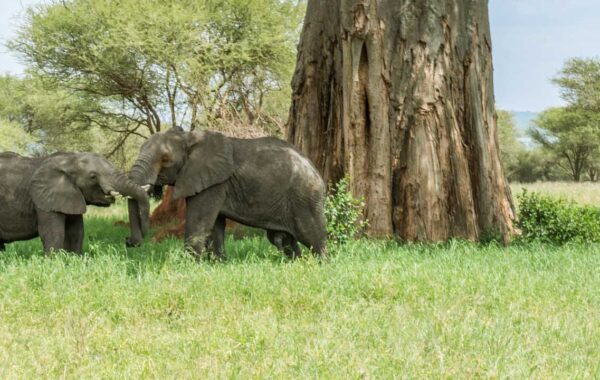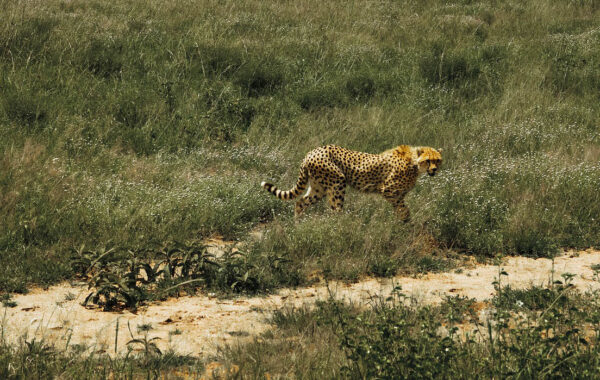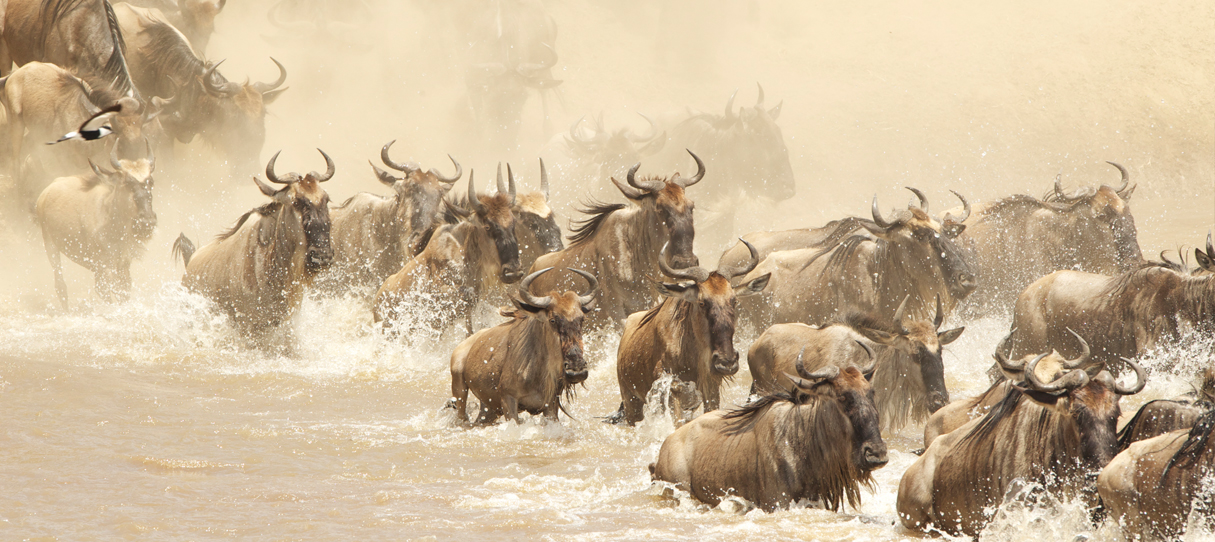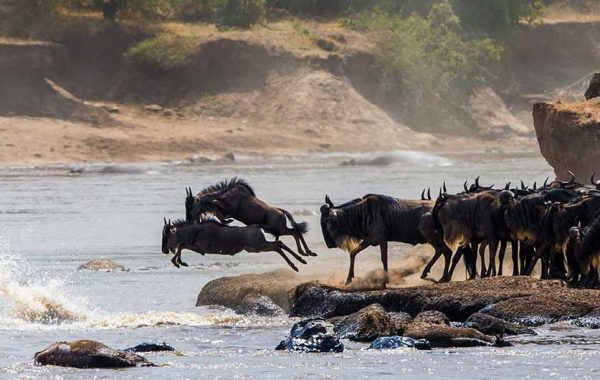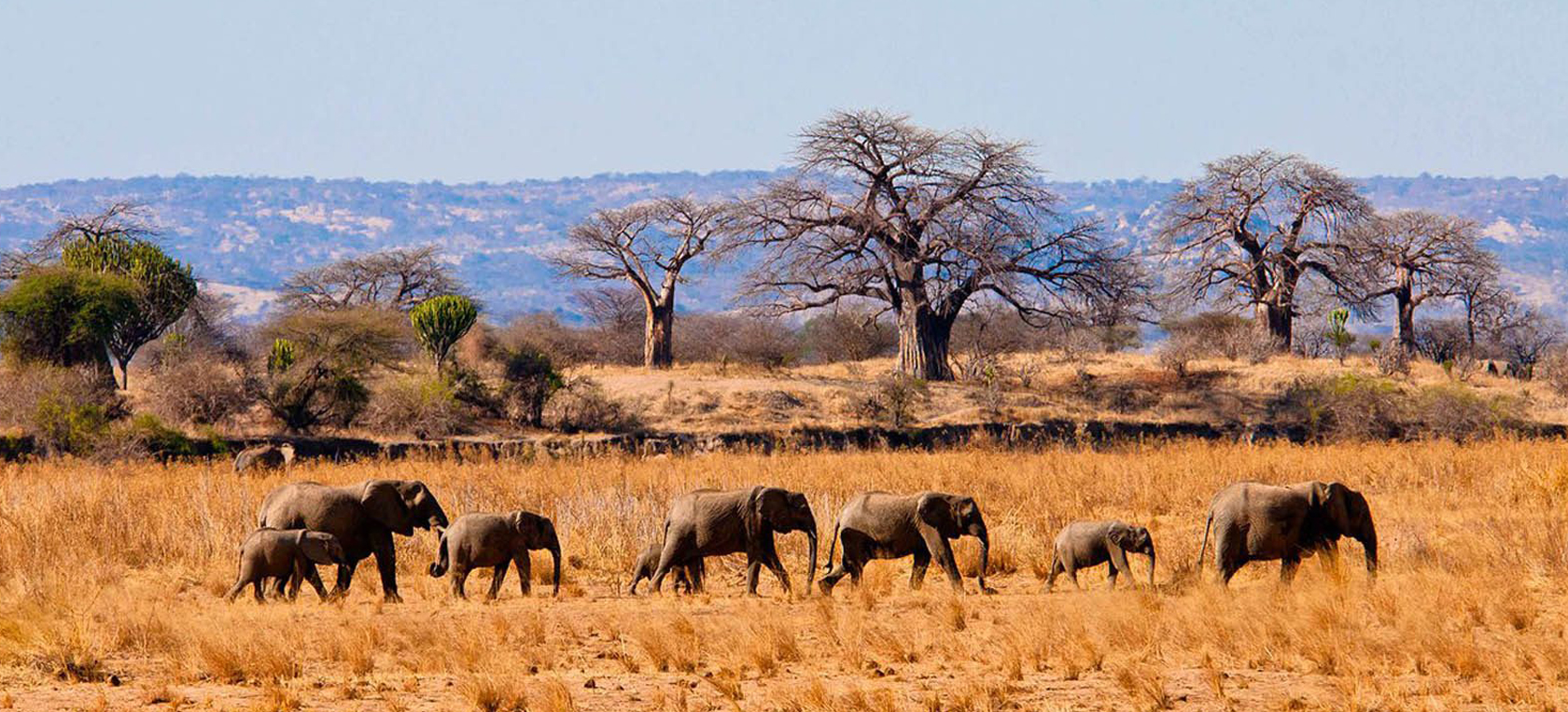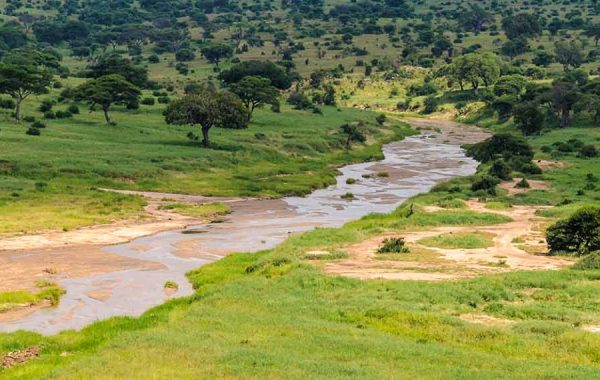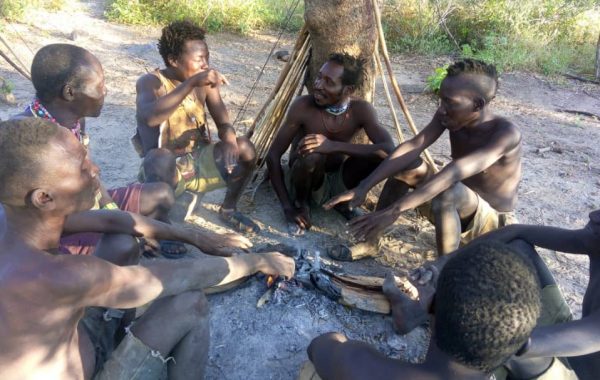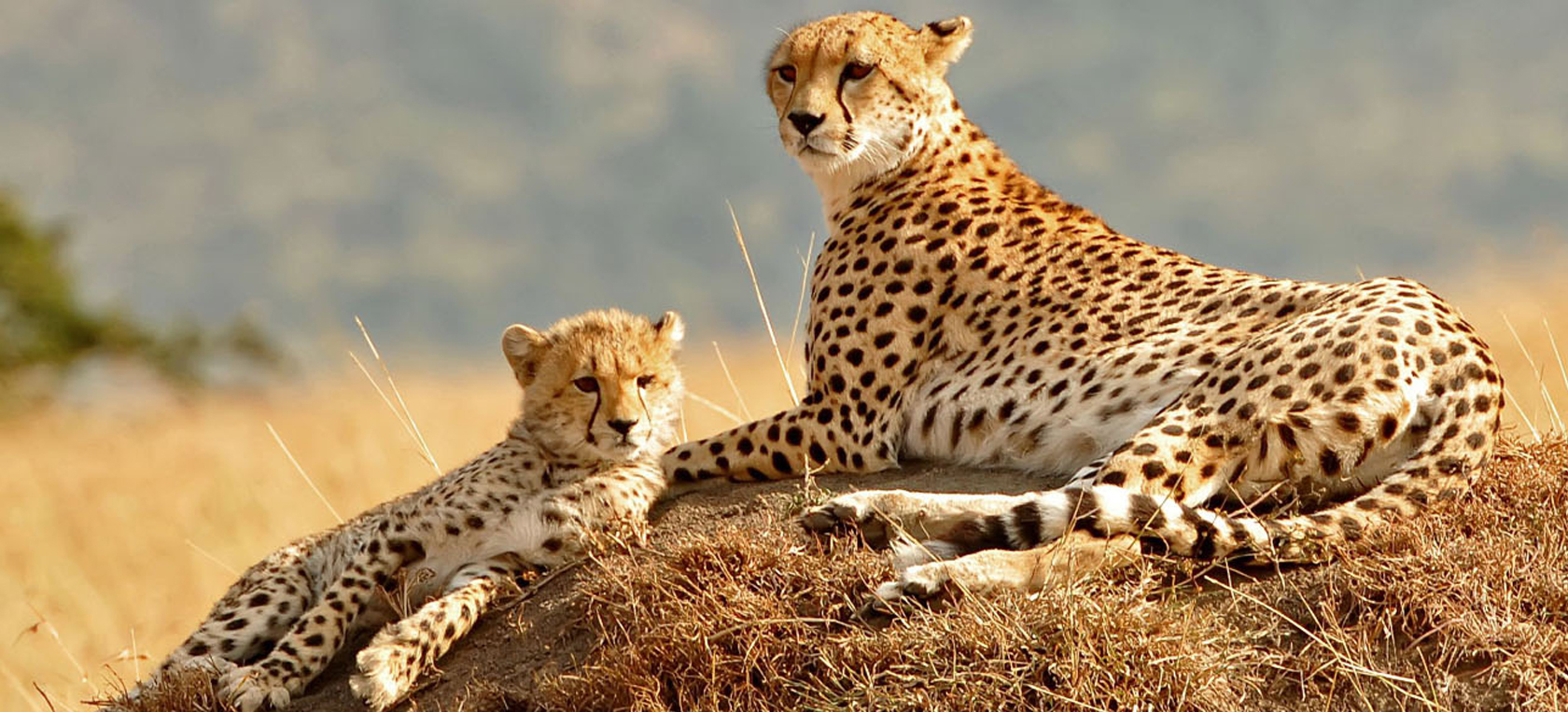7-Day Western Serengeti Wildebeests Migration May-July
OVERVIEW
Get a chance to visit one of the world’s famous Serengeti National Park whereby there is the largest population of wildlife, more than millions of wildebeest and Zebras migrating from place to place in a regular pattern on their pursuit for food. On this program, you will visit the western Serengeti where the great migrating herds attempt to cross the Grumeti river while the hungry crocodiles wait for their meal. It is the migration for which Serengeti is perhaps most famous.
Detailed Western Serengeti Wildebeests Migration Itinerary
COST FOR 2026
| 2 people | 3 people | 4-6 people | |
| High Season 01.01-31.03, 01.06-31.12 |
$2,850 per person | $2,650 per person | $2,420 per person |
End of Western Serengeti Wildebeests Migration Itinerary
What’s included?
- Park fees
- All activities
- All accommodation
- A professional driver/guide
- All transportation
- All Taxes/VAT
- Roundtrip airport transfer
- Meals
- Drinks
What’s not included?
- International flights
- Additional accommodation before and at the end of the tour
- Tips
- Personal items
- Government imposed increase of taxes and/or park fees
- Some meals

